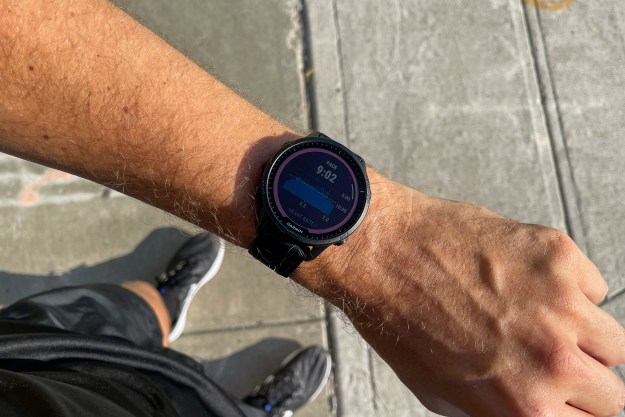A range of systems already exists to prevent drones from flying into restricted airspace, but the U.K.’s Ministry of Defence (MoD) has decided to go its own way with the launch of a $2.5 million contest aimed at attracting new ideas for such technology.
The initiative comes comes in the wake of a costly and disruptive incident in December 2018 when multiple drone sightings at Gatwick — one of the U.K.’s busiest airports — forced the facility to suspend its operations for around 36 hours, the longest time any airport has ever had to close because of suspected drone activity.
Launched by the MoD’s innovation hub, the contest is inviting the submission of “robust and cost-effective next-generation solutions” for detecting and mitigating threats posed by unmanned aerial systems (UAS), including everything from a single consumer quadcopter to more sophisticated systems flying in swarms.
The first part of the contest involves selecting the most promising proposals for anti-drone platforms, with the multi-million-dollar fund split over multiple phases to help teams develop their ideas.
As part of the Defence Science and Technology Lab’s (DSTL) ongoing research program, the contest has a deadline of March 2020 to identify and develop the best ideas.
“Hostile UAS is a challenging threat in many different ways and requires cutting-edge technology and well-thought-out system approaches to counter it effectively,” David Lugton, DSTL’s principal engineer, said in a statement. “Through this competition we are looking to inspire and develop a range of solutions to mitigate the threat posed by UAS now and in the future.”
Lugton said he was particularly interested in technologies “which can detect and track multiple threats simultaneously, with minimal human oversight, and against a broad spectrum of UAS types.”
While the contest organizers note how modified consumer drones are being used increasingly as a weapon of war on the battlefield (with the prospect of more advanced systems being adopted by large armies), they also highlight how rogue drone flights are presenting a growing security challenge in the U.K. not only for major airports, but also for facilities such as prisons, power stations, and stadiums holding large events.
Since the disruption at Gatwick in December, several major U.K. airports have started to invest more heavily in military-grade anti-drone apparatus in a bid to stop rogue machines from flying close to their facilities. Their technology of choice isn’t known, though more and more companies are designing anti-drone solutions that include drone shields and signal jammers, and even net-firing bazookas.
Editors' Recommendations
- First regular drone delivery service lifts off in U.K.
- U.K. will remove Huawei from its 5G network by 2027
- U.K. may be planning to phase out Huawei from its 5G networks by 2023
- Huawei Mate 20 X 5G set to launch in the U.K. on July 26


